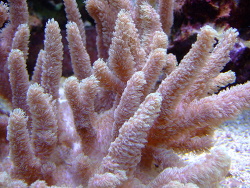Info
(Eherenberg, 1834)
Host of these ectoparasites:
Colobomolgus bandensis Humes, 1990
Lichomolgus adelphus Humes & Ho, 1968
Lichomolgus squamiger Humes & Frost, 1964
Meringomolgus facetus Humes & Stock, 1972
Paradoridicola virgulifer Humes, 1990
Colobomolgus dentipes (Thompson I.C. & Scott A., 1903)
Paradoridicola adelphus (Humes & Ho, 1968)
Paradoridicola squamiger (Humes & Frost, 1964)
Host of these ectoparasites:
Colobomolgus bandensis Humes, 1990
Lichomolgus adelphus Humes & Ho, 1968
Lichomolgus squamiger Humes & Frost, 1964
Meringomolgus facetus Humes & Stock, 1972
Paradoridicola virgulifer Humes, 1990
Colobomolgus dentipes (Thompson I.C. & Scott A., 1903)
Paradoridicola adelphus (Humes & Ho, 1968)
Paradoridicola squamiger (Humes & Frost, 1964)







 AndiV
AndiV

















































































